6 Easy DIY Car Repairs You Can Do Yourself
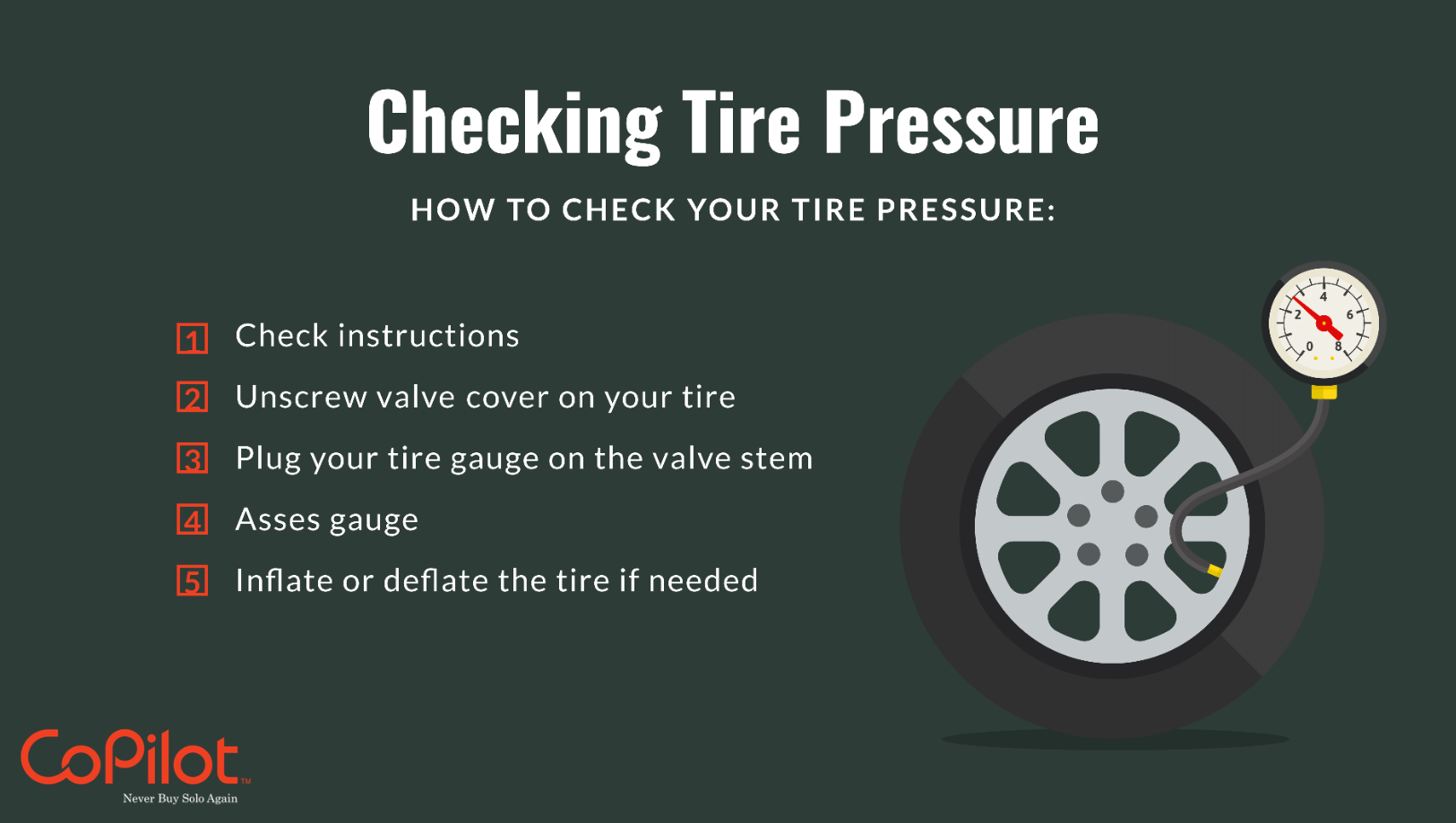
It can be expensive to diagnose and fix your car, but there’s no need to visit an auto mechanic every time you notice a few slight changes.
With a little bit of practice, there are many simple DIY car repairs that any novice or beginner can do.
In this guide, we’ll show you six essential car repairs you can do yourself that will help fix common problems and keep your car safe and in good condition.
Changing Your Oil
It’s good to change your engine oil regularly.
Oil can get dirty over time, gathering impurities like tiny metals or carbon which damage the engine. Thankfully, changing your engine oil is not a difficult task, and is something you can do over the weekend.
How to change your engine oil:
Elevate the vehicle: Raise your car off the ground with a car floor jack.
Drain the oil: Locate and remove the oil drain plug. Place a container underneath to catch the old oil. Once you’ve drained all the oil from the car, reinsert the drain plug.
Replace the oil filter: Locate the oil filter, wipe its base clean, then reinstall the filter. Alternatively, you can replace the oil filter with a new one.
Add new oil: Locate the engine oil compartment and fill with new oil. Check your manufacturer’s guide to see how much oil (and what type) you need to fill your car.
Dispose of oil: Pour the old oil into a sealable, waterproof container. Engine oil needs to be disposed of carefully. We recommend you dispose of the old oil at an oil-collection site or a service station.
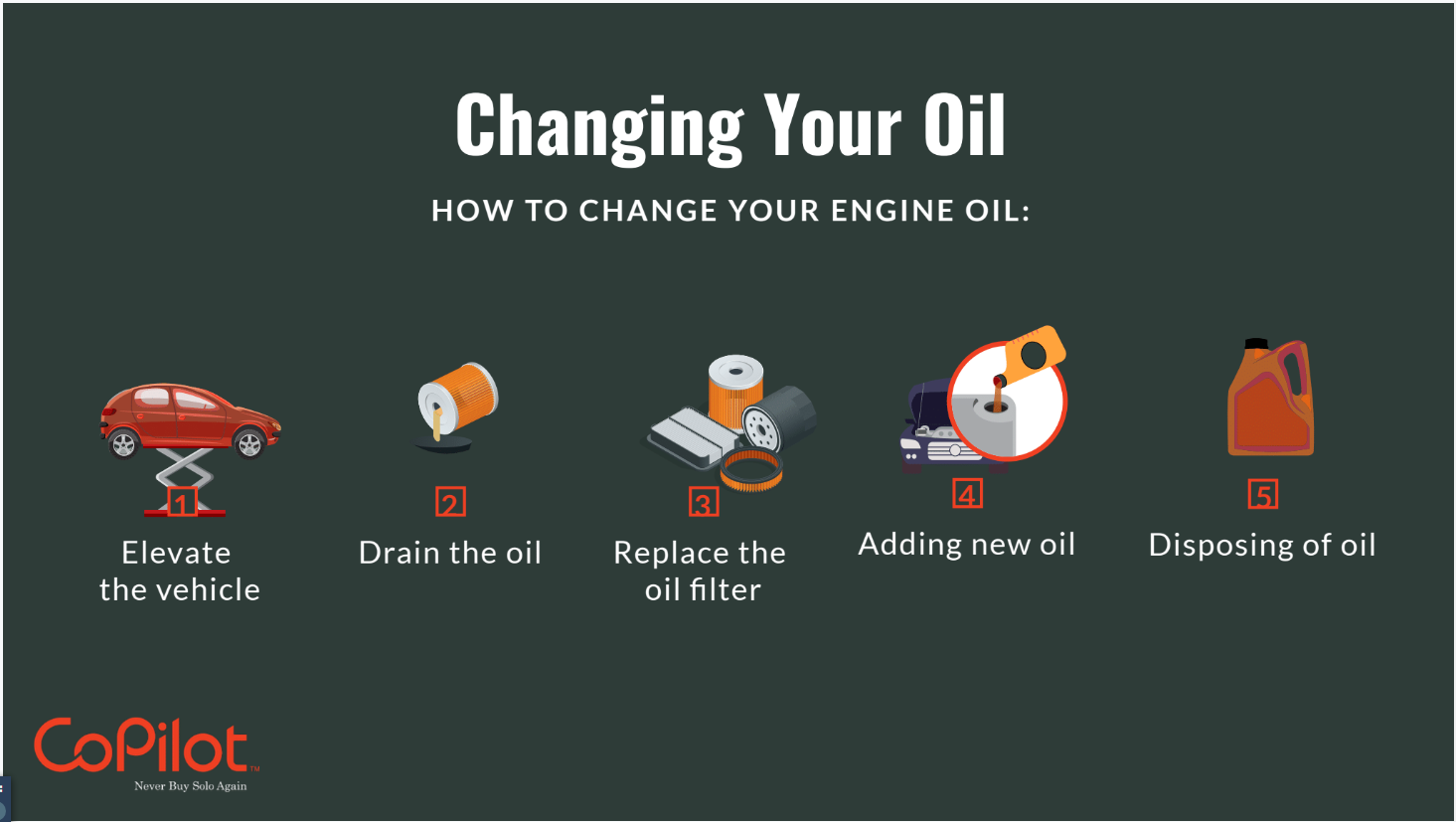
Jumping Your Car
If your vehicle isn’t starting, there’s a good chance that your car battery is dead.
Car batteries can drain for various reasons, from forgetting to turn a light off in the car to extreme weather conditions.
That’s why it’s essential to know how to jump-start your vehicle safely, so in the event your battery goes flat, you can get back on the road in no time.
How to jump-start your car:
Find another vehicle: Locate a functional vehicle with a good battery. Have the car parked opposite yours, nose to nose. Then, make sure both cars are completely turned off.
Connect both cars: Open the hood of both cars. Connect the jumper cables correctly on both batteries. The red end on the positive (+) terminal and the black on the negative (-) terminal of both batteries.
Charge your Battery: Turn on the functional car for a few minutes.
Start your car: Attempt to start your vehicle. If your car starts without any problems, leave both cars running for a few minutes so the battery can charge.
Disconnect your car: Remove your jumper cables and prepare to drive away. Take a short drive to let the battery build up its charge so it won’t die again when you turn it off.
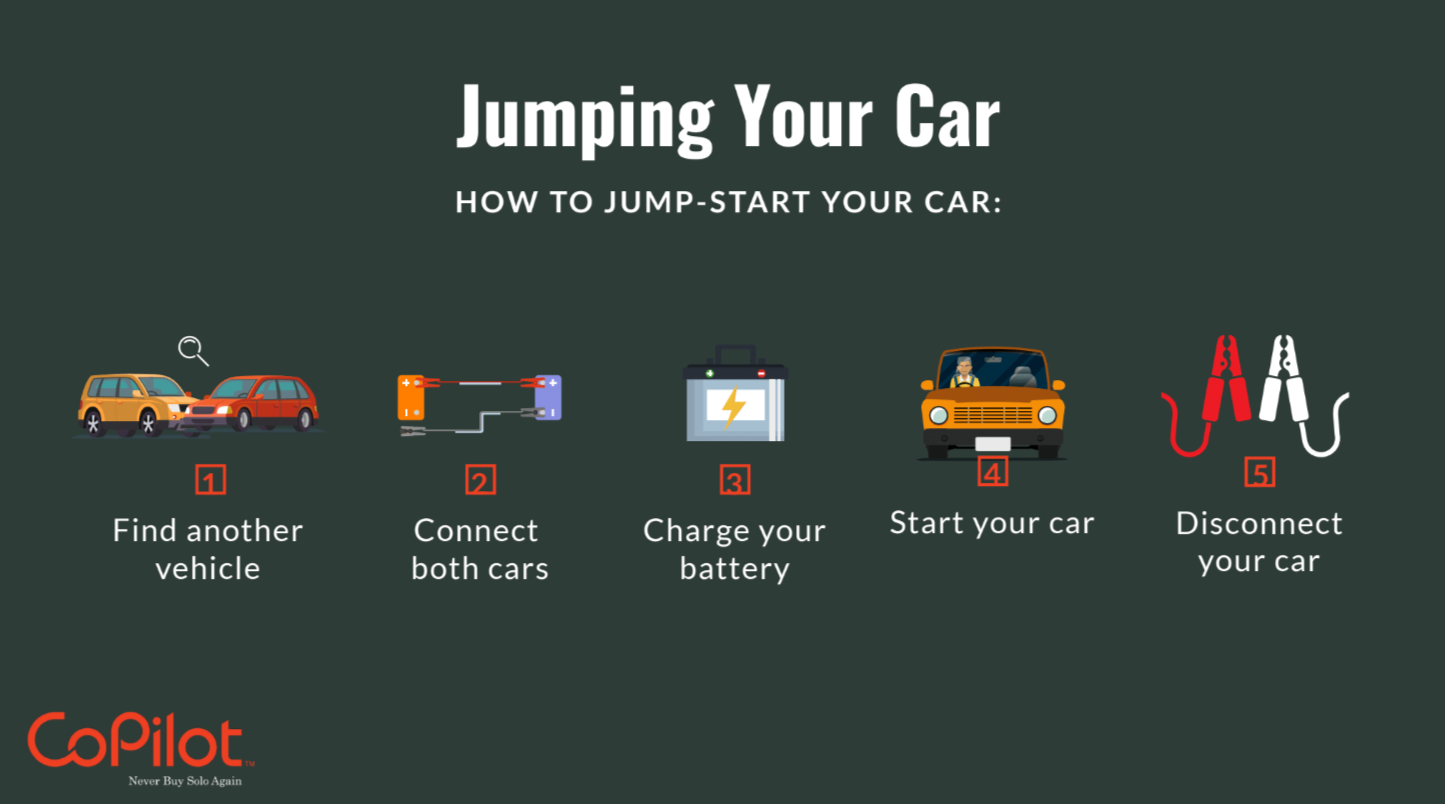
Changing Transmission Fluid
The transmission fluid helps lubricate your car’s transmission system. Without transmission fluid, your vehicle will have a hard time regulating speed while in motion.
How to change your transmission fluid:
Elevate the vehicle: Raise your car off the ground with a car floor jack.
Drain the transmission fluid: Place a container to collect the old oil under the transmission pan. Carefully loosen the pan’s bolt and allow the old oil to drain in the container. The fluid may be hot, so handle it with caution.
Replace the transmission pan and filter: Make sure all surfaces are clean before installing the parts.
Lock transmission pan: Once draining is complete, (with the new filter in place), make sure you tighten the transmission pan bolts.
Fill transmission pan with new fluid: Refer to your car manufacturer guide to locate the transmission fluid section. Remove the dipstick and pour transmission fluid in your car with the help of a funnel.
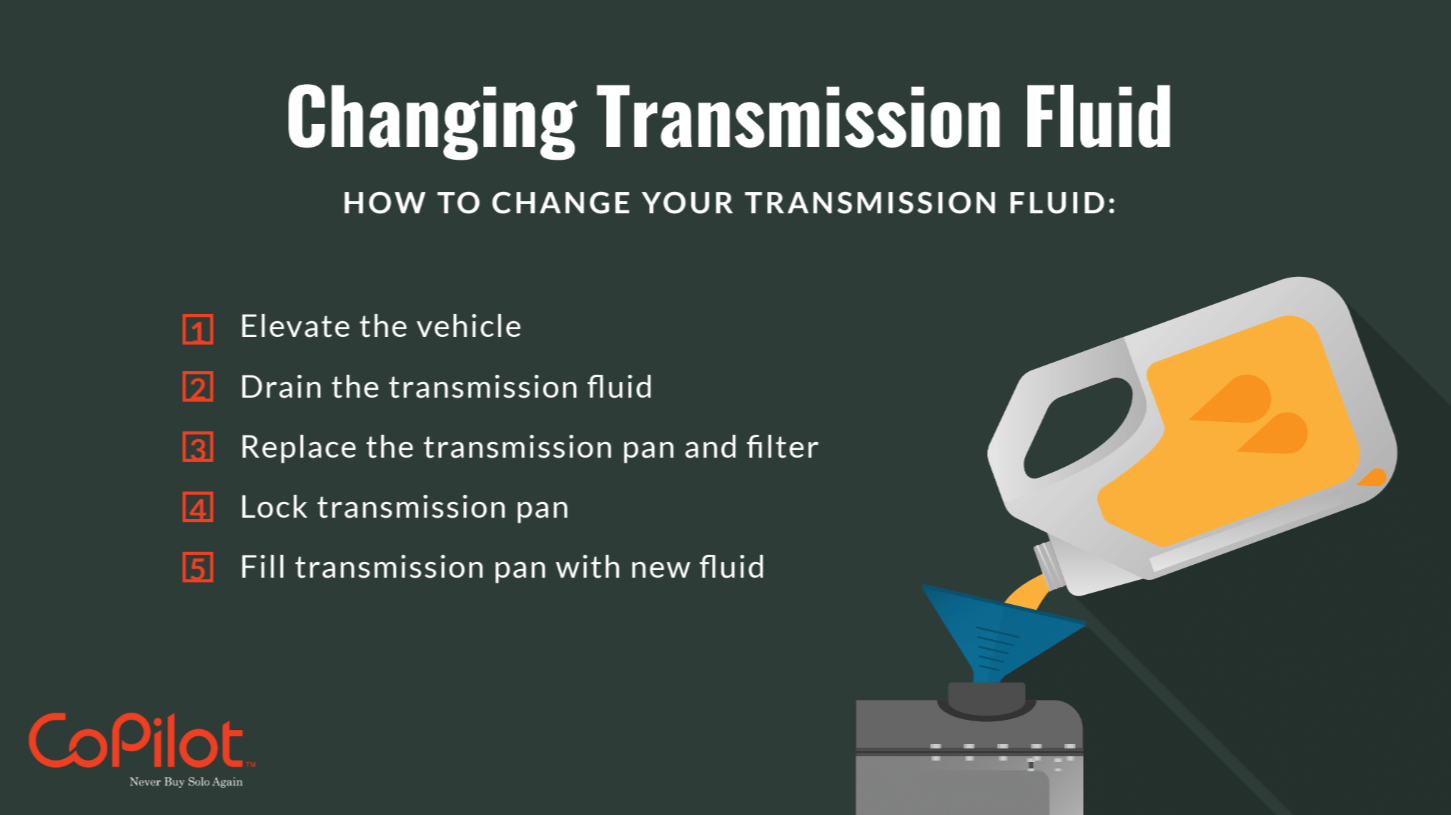
Inspecting Your Tires
Tires are essential when it comes to maintaining car safety and performance.
However, over time, they will wear out and lose their traction.
Luckily, once you know what to look for inspecting your tires is straightforward.
How to inspect your tires:
Inspect the tread depth: As your tires wear, the tread depth will decrease. You can check the tread depth by following the 2⁄32-inch rule. A simple way to do this is to use a penny. Place a penny in the tread depth of the tire with Abraham Lincoln’s head upside down. If his hairline shows, then consider replacing that tire.
Inspect the tread pattern: If there is any uneven wear, there may be a mechanical or maintenance problem.
Repeat steps: Follow the steps with all four tires.
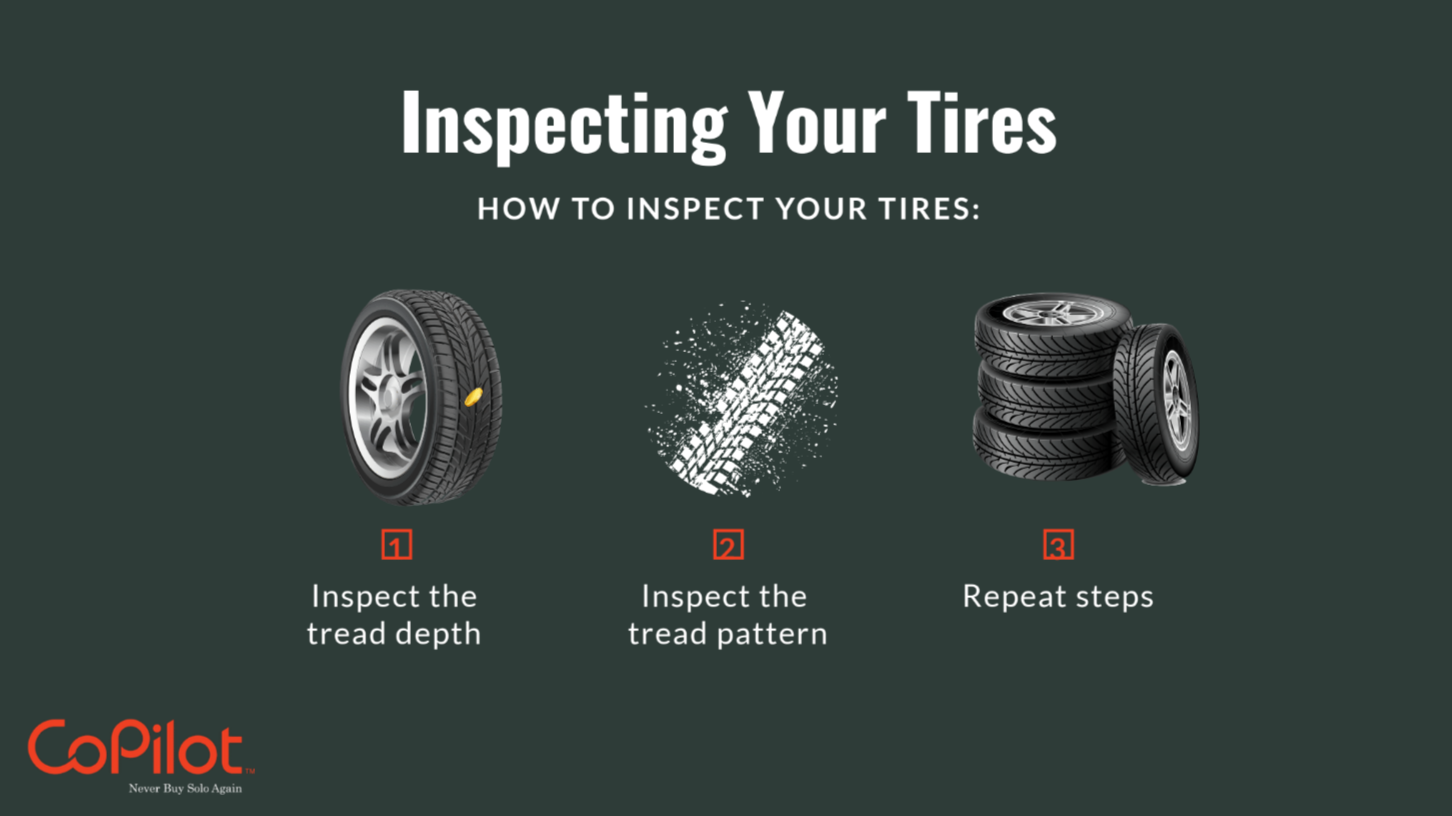
Replacing Windshield Wipers
Your windshield wipers keep your windshield clean. Unfortunately, wiper blades can also wear out. When your wipers are no longer functioning as they once used to, it’s time for a change.
How to change your windshield wipers:
Identify wiper replacements: Identify the size and type of wiper blade you need replacing. If you don’t know, have a look at your vehicle’s owner manual.
Remove old wipers: Unhook the old wiper by pinching and pulling, pushing a button, or pulling a latch.
Latch the new wipers: Install new wipers by reversing the removal process. Make sure you remove the plastic protector. Clip them back into position.

Checking Tire Pressure
Make sure your tires have the recommended air pressure in them.
Underinflated tires will have higher rolling resistance and be less fuel-efficient.
How to check your tire pressure:
Make sure of the right pressure: Find out what the right tire pressure is for your car. You can find this information on your car manufacturer’s website.
Unscrew the valve cover on your tire.
Plug a tire gauge on the valve stem: It should make a connection that will seal completely. If you hear air escaping, reset the gauge and try again.
Assess gauge: Read the gauge to ascertain it’s at the right pressure for your car tire.
Inflate or deflate the tire if needed.

Final Thoughts
These DIY repairs will not only save you money from simple fixes, but you won’t need to visit the mechanic every time a small issue arises.
As a car owner, it’s great to know these essentials.
If you’re looking for more information about DIY repairs for your model, you can find them on your manufacturer’s website or in your car manual.








